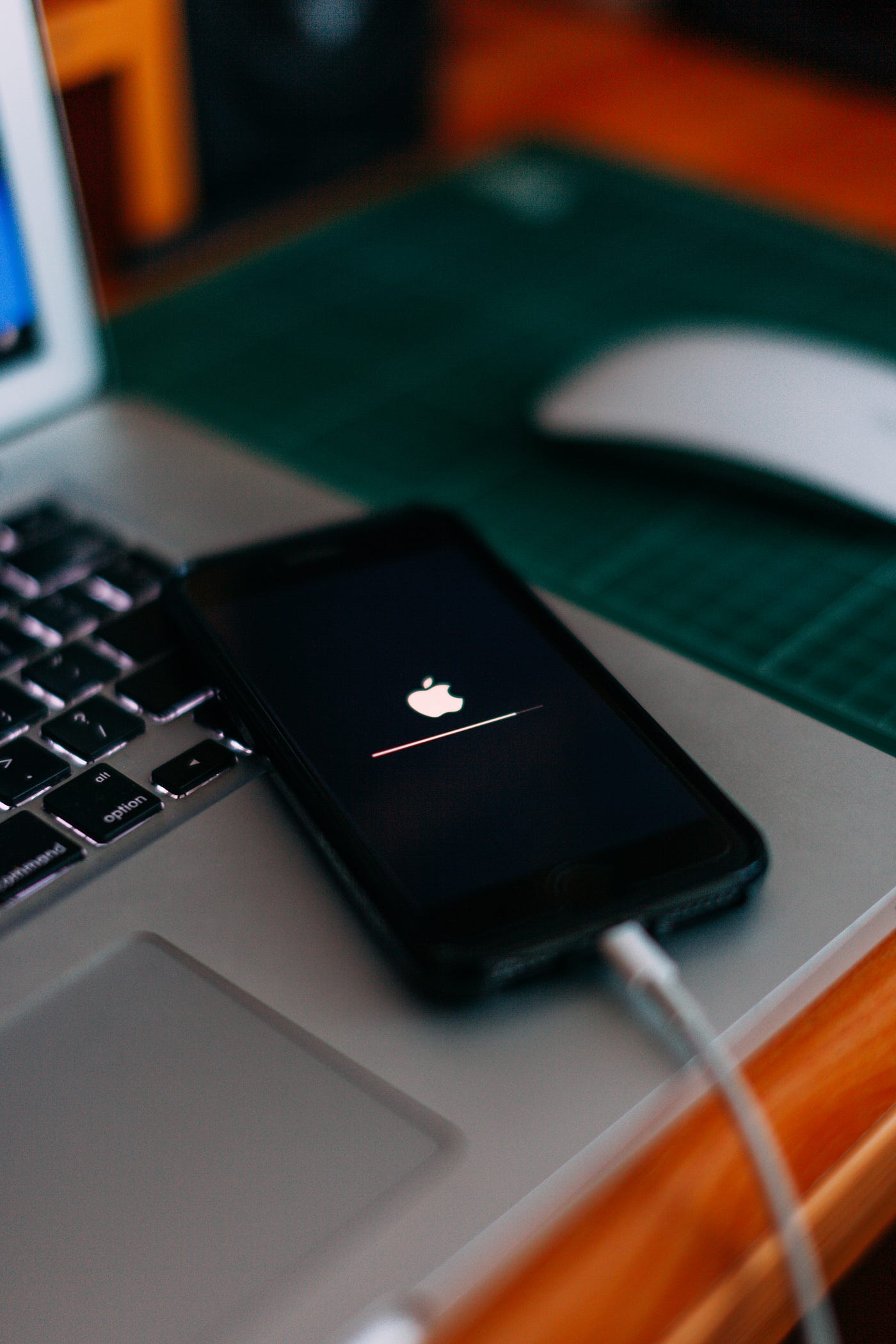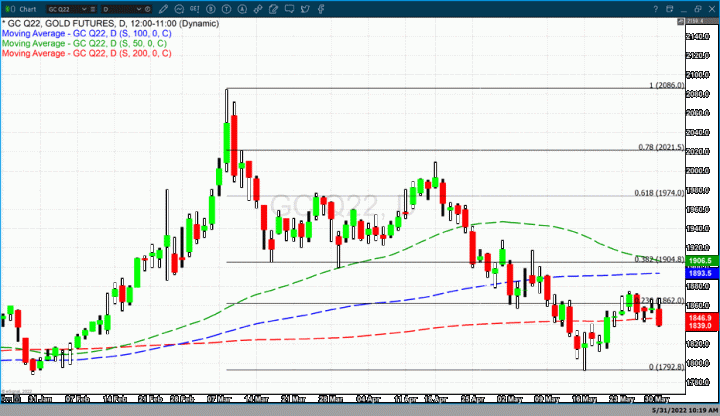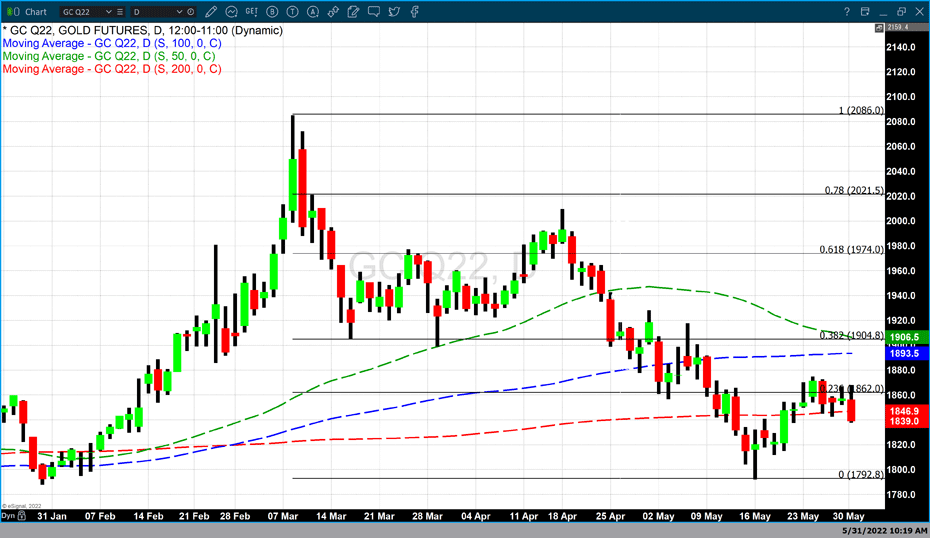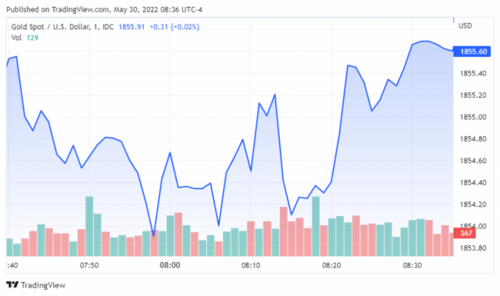9 Mistakes You Should Avoid Making With Your iPhone at All Costs
by The Useful Tech, contributor, Medium Daily Digest
Increase the longevity of your iPhone by not doing these things

Photo by Onur Binay on Unsplash
Apple’s iPhone is unarguably one of the best smartphones in the market today. The phone is excellent at many things out of the box, like having an incredible camera, extraordinary battery life, fantastic performance, and more.
However, your iPhone could significantly get less impressive with time if you are not using it the right way and making a lot of mistakes with it.
So, in this post, we will discuss some of the common mistakes people make with their iPhones and why you should avoid making them.
1) Charging it overnight or charging till 100%
One of the most common mistakes most iPhone users make, especially during the initial few months of buying the device, is always charging it to 100% or leaving it on charge overnight, even after the phone is fully charged.
Unfortunately, some people also go to the other extreme and only ever charge their phone if it has dropped to 0%.
While neither of these things will have an immediate adverse effect on your iPhone’s battery, you might start to see the impact on your battery life and capacity over time.
To avoid this, either use a wireless charger to charge your iPhone overnight or a smart plug that is automatically scheduled to turn off at a particular time during the night.

Photo by Pontus Wellgraf on Unsplash
Many experts also recommend that following the 20–80 charge cycle is a great way to ensure your iPhone battery’s lifespan is considerably increased.
This means that you should try to charge your iPhone when it falls below 20% and only tries to charge it to 80% instead of all the way. Of course, this is not possible in all the scenarios, but when you have a charging point within your reach, it would be best to follow this method.
If you find it hard to follow this charging method manually, then you can create an automation from the Shortcuts app on your iPhone to notify you when your phone’s battery drops below or goes above a certain level.
2) Closing apps from the app switcher
Many iPhone users think that closing the apps in the app switcher throughout the day helps to improve the performance and the battery life of your iPhone. Well, the reality couldn’t be further from the truth.
The primary intention of the app switcher is to help you conveniently and quickly switch between recently used apps instead of having to open them from the home screen every time.

Source: Author's Screenshot
Closing them frequently and then opening them again will make your iPhone work harder than it has to and negatively impact the battery life.
So, as long as an app is not responding or working correctly, there is no reason to close the app from the app switcher. iOS is already intelligent enough to automatically suspend the apps you haven’t used in a while to ensure that the recently opened apps have enough memory to function without any issues.
3) Having an untidy charging port
Unless your primary way of charging your iPhone is by using a wireless charger, it is essential to ensure that your iPhone’s lightning port is clean and free of any dust particles or debris.
An unclean charging port might either affect the charging speeds of your iPhone or, worse, might completely prevent it from charging.
Even if you use your iPhone with a protective case and handle it with extreme care, it is inevitably bound to collect dust particles over the years.

Photo by Andreas Haslinger on Unsplash
Therefore, it is highly recommended that you occasionally check and clean the charging port to ensure the longevity of your iPhone.
The most recommended method for cleaning the charging port on your iPhone is by using a toothpick.
Use the sharp end of the toothpick to gently scrub out any dust or debris from the charging port and make sure to not apply too much force as it might potentially damage the internals of your iPhone, even though it is pretty unlikely that it would cause any serious issues.
4) Not restarting it often
Many tech consultants and experts recommend most smartphone users at least restart their device once every week.
But, unfortunately, some users probably won’t even remember when was the last time their iPhone was not turned on and would only ever restart it if it runs out of battery and dies.

Source: Author’s Screenshot
Restarting your iPhone regularly has many benefits, like clearing open apps from the RAM, fixing any memory leak issues, and stopping any processes or apps that might have been affecting your iPhone’s battery life.

5) Ignoring software, security, or app updates for too long
I can’t even believe that I include this in this list. Still, sadly, a significant number of iPhone users tend to ignore important system or security updates or even app updates longer than they should.
I have personally seen some of my colleagues and friends who just pretend that the system update notification ticker doesn’t exist in the Settings app on their iPhone, either because they can’t be bothered to do the update or they simply don’t have the time.
Ignoring critical software and security updates might not seem like a bad thing or something that affects you in any way.

Photo by Szabo Viktor on Unsplash
But if you don’t install updates even after they have been publicly available for a long time, you are potentially opening up your iPhone to any malicious attacks and threats targeted towards iPhones with older software or app versions that are still vulnerable to these attacks.
So, try to spend a few minutes downloading and installing the update every time you get a notification that new software or a security update is available for your iPhone.
Also, make sure to regularly check the App Store to find if any latest updates are available for the apps on your iPhone and install them as well.
6) Installing unverified apps
The App Store on your iPhone has millions of apps and games, adding new ones every day.
Unfortunately, despite Apple’s stringent guidelines and careful analysis, some malicious apps make their way into the App Store every now and then.
So, it falls upon the user to ensure that whatever app they install on their iPhone is genuine and harmless.
One way to ensure this is by checking the reviews and the ratings for the app and making sure the app is really what it claims to be.

Photo by CardMapr on Unsplash
However, reviews could also be misleading sometimes, so a few other ways to verify the authenticity of an app before installing it on your iPhone are checking the permissions requested by the app, checking when the app was last updated, looking for the number of downloads and so on.
Ideally, you could consider avoiding installing any app you are not entirely sure is genuine or does not meet the above requirements.
7) Not properly configuring the Find my feature
Find my is one of the most valuable features on your iPhone and is also the one that you hope you never have to use.
However, most users don’t realize the importance of properly configuring the Find my feature on their iPhones until it is too late.
To make sure all the settings for the Find my feature on your iPhone are set up correctly, open the Settings app, click on your name at the top, open Find My and then make sure all three options in the Find My iPhone section are enabled including the send last location option.

Source: Author’s Screenshot
Also, enable the Share my location option on the main page as well. With iOS 15, Apple also added the option to find your iPhone even when it is turned off, so not having the Find My feature correctly configured would be one of the biggest mistakes you could make regarding your iPhone.
8) Not taking regular backups
Many of us have some of our most valuable data stored on our phones, including anything from important messages, photos, and videos to work or personal notes, documents, etc.
Unfortunately, this makes our phones a single point of failure, and if anything were to happen to them, it would be a critical loss for many of us.
Luckily, cloud backups and local backups are a thing, and you must regularly back up whatever you think is important on your iPhone, at least once every month.
Since you have an iPhone, most of your data like messages, photos, videos, and documents could be easily backed up to iCloud.

Source: Author’s Screenshot
Just go to the Settings app, click on your name at the top, open iCloud settings and make sure you have enough free space to backup all your essential data.
However, since Apple only provides 5GB of free iCloud storage, which is next to nothing, you might have to purchase additional storage according to your needs.
If you want to keep a local backup of all the data on your iPhone, you can connect your iPhone to your Mac or Windows PC using the lighting cable and then use iTunes or any other smartphone backup software to take a complete backup of your iPhone, at least once every month.
9) Not uninstalling unused apps or games
Even I was guilty of making this mistake until recently when I discovered the offload unused apps option in the App Store settings on my iPhone.
Most of us randomly download and install many apps and games on our iPhones which we maybe use once or twice, and then forget that they even exist.

Source: Author’s Screenshot
While a lot of these apps do not consume a significant amount of your storage, you should still seriously consider uninstalling any apps you are not using because apart from occupying space on your iPhone, some of these apps can also silently track your location or activity in the background and send it to anonymous servers or simply might just affect your iPhone’s battery life.
If you find it hard to keep track and uninstall any apps or games you haven’t used in a while, simply enable the Offload Unused Apps option in the App Store settings page on your iPhone. Your iPhone will automatically do this for you.

New Opportunities Are Emerging For Citizens of The World.
Freedom and democracy may appear to be struggling to stay alive in America, but there may be a knock-out punch ready to be released. The evolution of the blockchain-enabled metaverse is going to enable the 'Citizens of the World' to gain their own Freedom by democratizing power and creating a new world with new rules, new players, and new opportunities. For 99.99% of us, the metaverse will improve our real-world lives through the democratization of power and opportunity.
Along with the major long-term trend of society towards decentralization and smaller-scale organizations, there are new opportunities developing to help 'Preparers' in the cryptocurrency sector. Businesses are beginning to issue their own Crypto Coins that can be traded on Cryptocoin Exchanges.
Markethive.com for example will be releasing its HiveCoin (HIV) in the coming weeks. It has tremendous upside potential that is outlined in a Video by Founder Tom Prendergast, "Entrepreneur Advantage…".
Not only that, if you go to their website and register as a FREE Member, you will be given 500 HiveCoins for "FREE" along with access to several Earning Opportunities and online tools to increase your HiveCoin balance.
Be sure to check it out today – Markethive.com

Tim Moseley











 Billionaire Bill Ackman says Fed needs to raise rates now to beat inflation, protect the economy
Billionaire Bill Ackman says Fed needs to raise rates now to beat inflation, protect the economy
.jpg)





